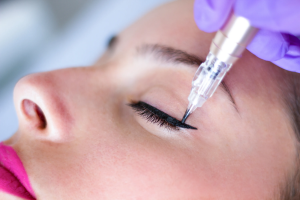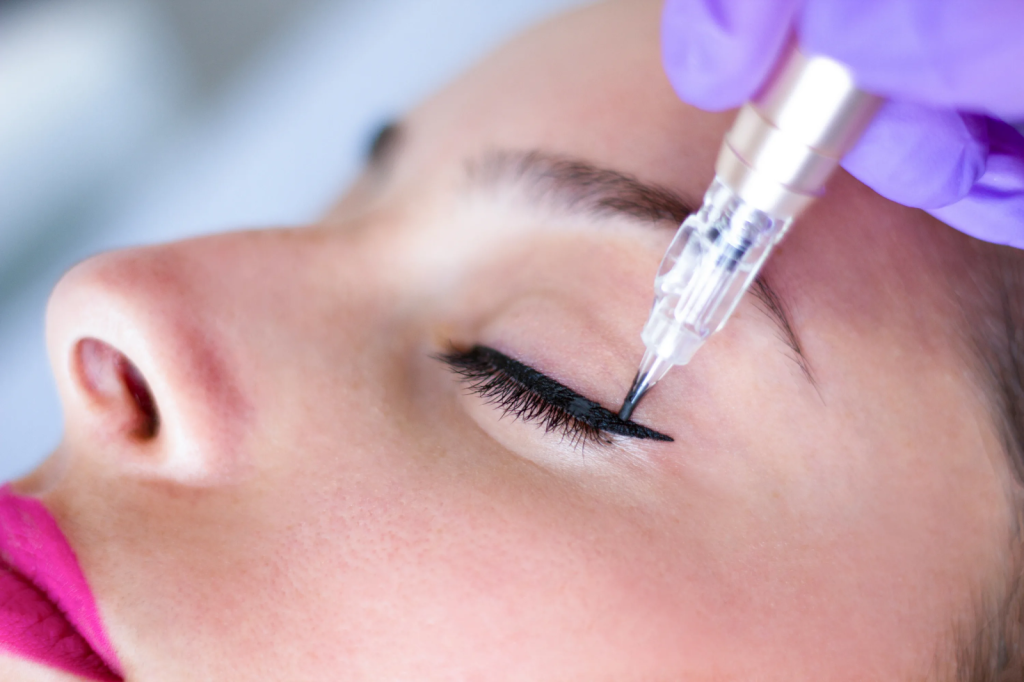Chemical burns on the face from skincare products can be a frightening experience. As these types of burns can vary in severity, understanding the appropriate response is crucial for effective treatment and avoiding long-term damage. This article will guide you through the immediate steps to take following a chemical burn from skincare, how to assess the injury, and the various treatment options available, both at home and through medical intervention. By adhering to these guidelines, individuals can minimize the burn’s impact and foster a safer recovery process.
Immediate Actions to Take for a Chemical Burn

Upon sustaining a chemical burn from a skincare product, take swift action by rinsing your face with cool water for at least 15 to 20 minutes. This will help to dilute and remove the chemical substance from your skin, mitigating further damage. Avoid using hot water, as it may exacerbate the burn, and be gentle to avoid pushing the chemical into your skin further.
Understanding When to Seek Professional Help: If after rinsing your face the pain continues to escalate, or if blisters and severe redness occur, it is essential to seek medical attention immediately. Likewise, in case of exposure to the eyes or if you have difficulty breathing, emergency services should be contacted without delay.
Assessing the Severity of the Burn

The severity of a chemical burn is classified into three categories: first-degree, second-degree, and third-degree burns. The symptoms of a first-degree burn include redness and minor inflammation, while a second-degree burn may cause blistering and severe pain. Third-degree burns are the most serious, with charred or white skin, and require urgent medical attention. Evaluate your symptoms carefully to understand the extent of the injury.
Potential Complications from Facial Chemical Burns: Complications from chemical burns on the face can include infections, scarring, and in the worst cases, disfigurement. Monitoring the wound for increased redness, swelling, or any discharge is important, as these signs could indicate infection.
Home Remedies and First Aid Treatment
While neutralizing a chemical burn with a substance of the opposite pH was once a common approach, medical professionals now generally advise against it due to the risk of exothermic reactions or worsening of the burn. When in doubt, consult a healthcare provider for guidance specific to the chemical involved.
Applying Soothing Balms and Aloe Vera: For mild chemical burns, after thoroughly rinsing with water, you can apply soothing products such as pure aloe vera gel to the affected area. This can help in calming the inflammation and kick-starting the healing process.
The Role of Over-the-Counter Medications: Non-prescription medications such as ibuprofen can help alleviate pain and inflammation. It’s imperative, though, to be cautious with the use of any over-the-counter treatments and to follow the instructions on the label closely.
Medical Treatments for Severe Chemical Burns
For a severe chemical burn, or if there is no improvement in a few days after a minor incident, it’s important to consult a dermatologist. They might prescribe treatments that are more aggressive, including prescription creams or ointments designed to promote healing and prevent infection.
| Prescription Treatment | Application | Notes |
|---|---|---|
| Antibiotic Ointments | Applied to the affected area to prevent infection | Use as directed by your healthcare provider |
| Steroid Creams | Applied to reduce inflammation and pain | Typically prescribed for short-term use |
| Analgesic Medications | Taken orally to alleviate pain | Follow the dosage recommendations carefully |
Before utilizing any prescription treatments, it’s essential to discuss the intended use and potential side effects with your healthcare professional.
The Utility of Antibiotics, Steroids, and Pain Relief: Antibiotics can forestall the development of infections in an open burn, while steroids may be used to decrease swelling. Analgesic medications can help to manage the pain associated with a chemical burn.
Healing and Recovery Process
- Monitoring Healing Progress and Avoiding Scarring: It’s important to track the progression of your burn’s healing, with careful attention to preventing scar formation. Keep the area clean and moisturized, and avoid exposing healing burns to direct sunlight.
- Skin Care Tips During Recovery: Use gentle, fragrance-free products and consider silicone gel sheets to reduce scarring risk. Additionally, adapting your skincare routine to avoid the use of harsh chemicals or exfoliants while the skin is healing is crucial.
As the face is particularly sensitive and prone to scarring, the healing and recovery stage is vital in the treatment of chemical burns. Allow the skin to repair at its own pace, and consult a dermatologist if you notice any odd scarring or if the healing doesn’t progress as expected.
Prevention Tactics for Chemical Burns
Selecting safe skincare products is the first line of defense against chemical burns. It’s important to be an informed consumer by understanding the ingredients in skincare products, and if unsure about a product’s safety, to conduct a patch test on a small area of skin before full application.
Selecting Safe Skincare Products: When choosing skincare products, opt for those with clear, comprehensible ingredient lists. If a product contains potent acids or other strong ingredients, use them cautiously and follow the usage instructions to the letter.
- Understand the active ingredients and their concentrations.
- Always perform a patch test, particularly for products with high potency or new formulations.
Conclusion
Chemical burns from skincare products need immediate and correct treatment to prevent lasting damage. Home remedies may soothe minor burns, but professional medical care is imperative for serious injuries. By understanding the signs and treatments of chemical burns, as well as adopting preventative measures when introducing new products to your skincare routine, you can ensure the health and safety of your skin.
FAQs
Q1: How long should you rinse your face if you have a chemical burn?
A1: Rinse the affected area with cool running water for at least 15 to 20 minutes, or as instructed by healthcare professionals.
Q2: When should you see a doctor for a chemical burn?
A2: You should seek medical attention immediately if you experience severe pain, noticeable skin damage, signs of infection, or if the burn covers a large area of your face.
Q3: Can over-the-counter creams help with chemical burns?
A3: Yes, OTC products like antibiotic ointments may help prevent infection and hydrocortisone cream can reduce inflammation, but it’s best to consult with a healthcare provider for recommendations specific to your case.
Q4: Are there any home remedies for soothing a mild chemical burn?
A4: Aloe vera gel, honey, and over-the-counter hydrogel can soothe a mild chemical burn, but you should avoid using any home remedies without first consulting a healthcare professional.
Q5: How can you prevent chemical burns from skincare in the future?
A5: Always perform a patch test with new products, read ingredient labels carefully, follow product directions, and choose products that are appropriate for your skin type. Avoid using multiple new products simultaneously to reduce the risk of adverse reactions.






